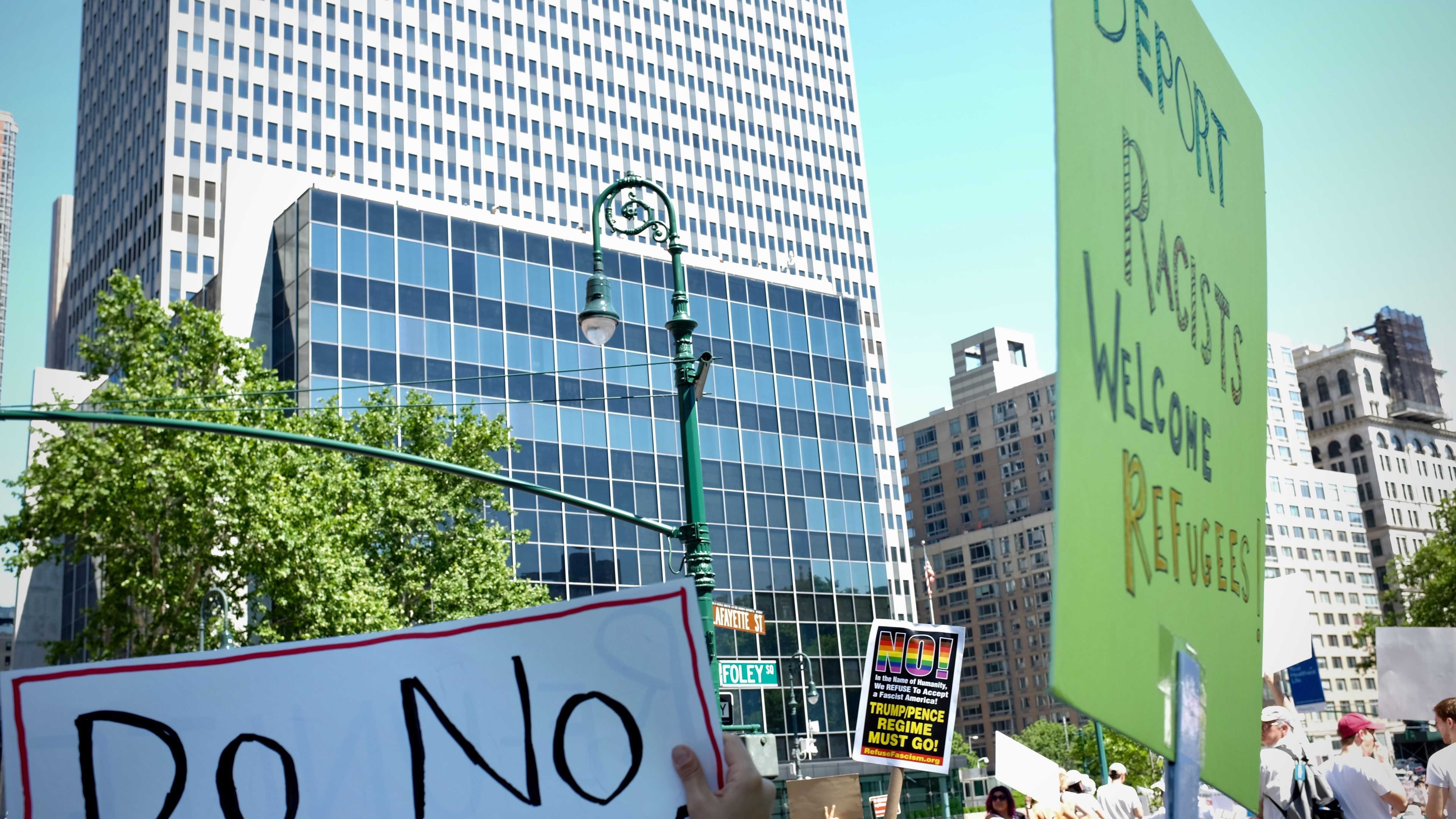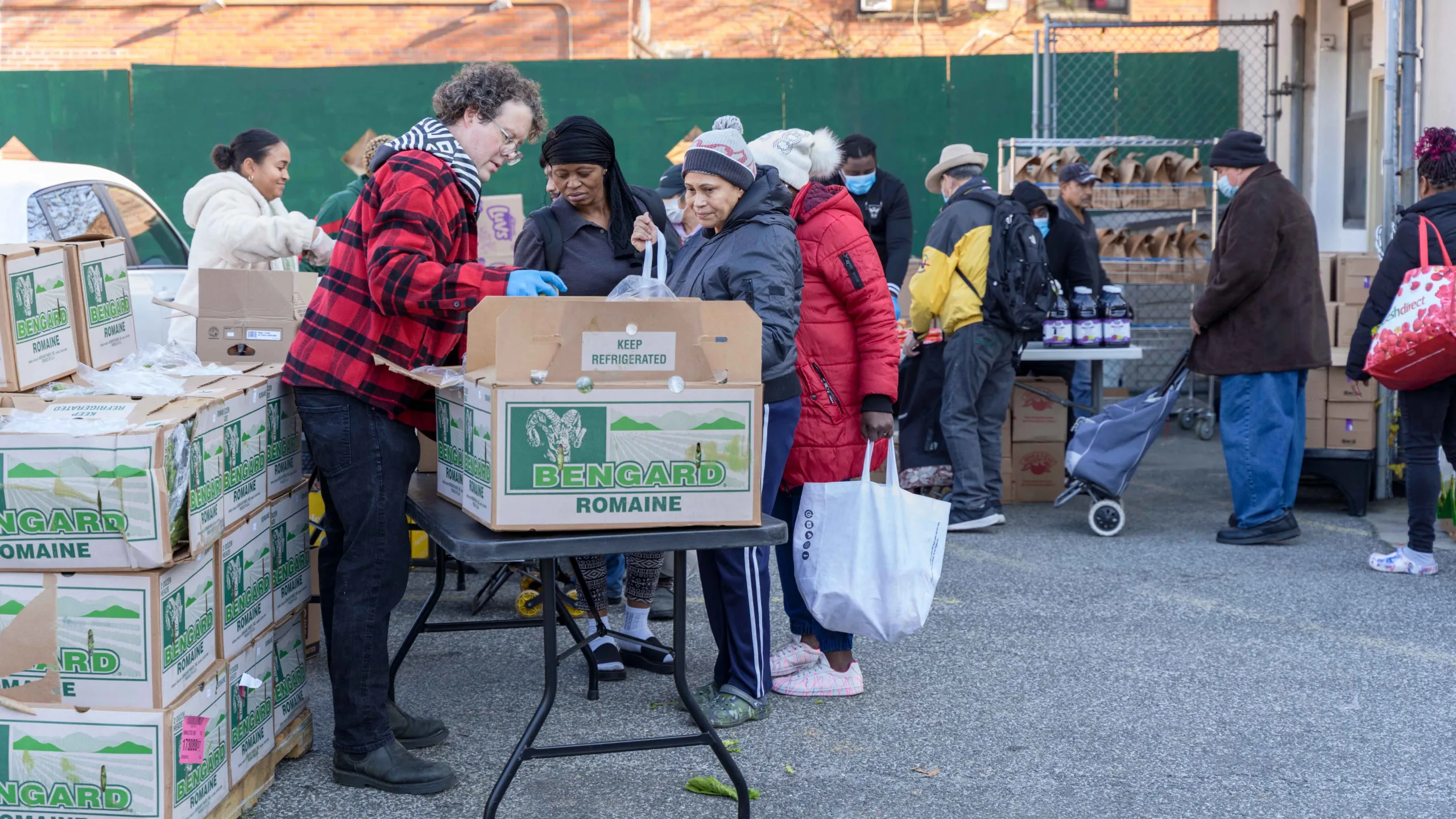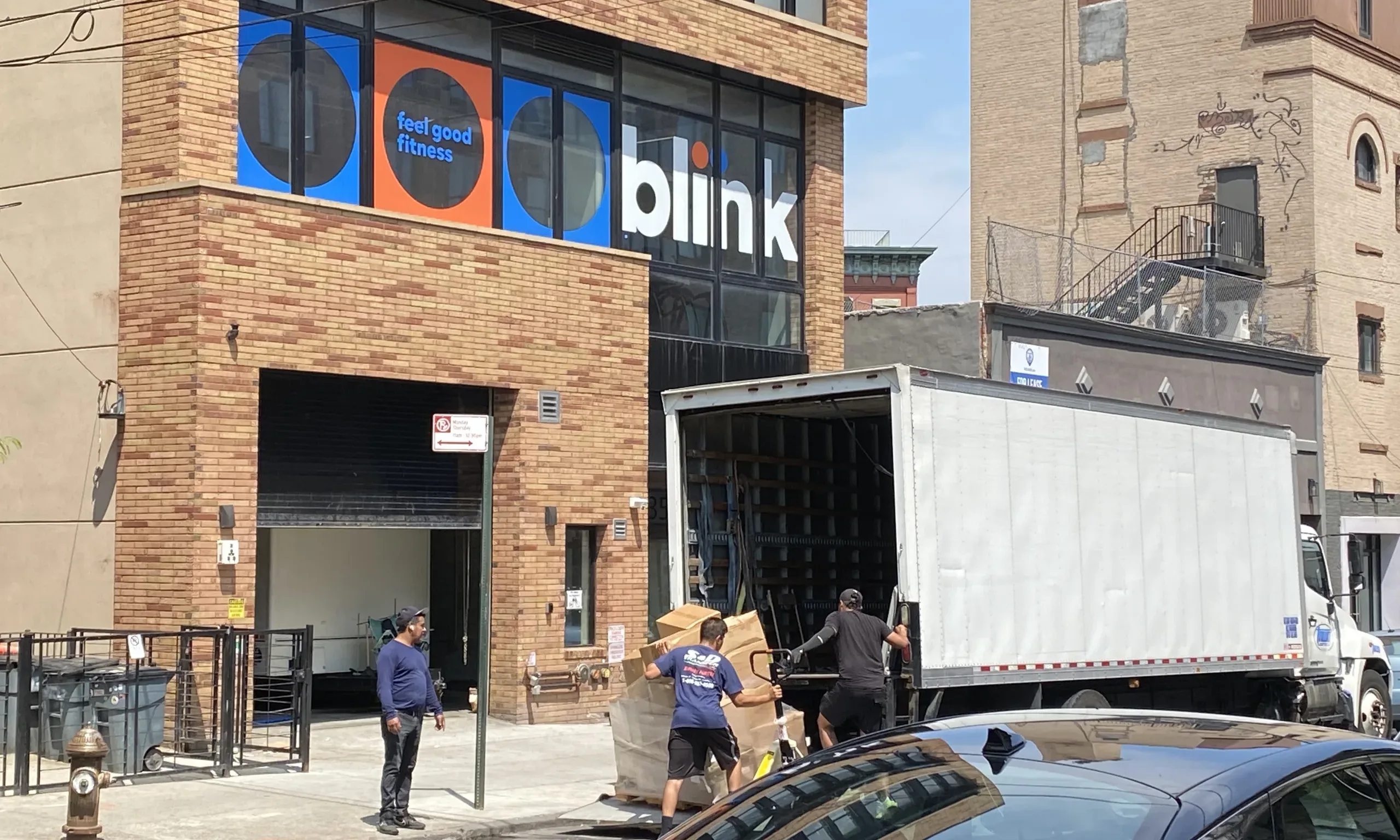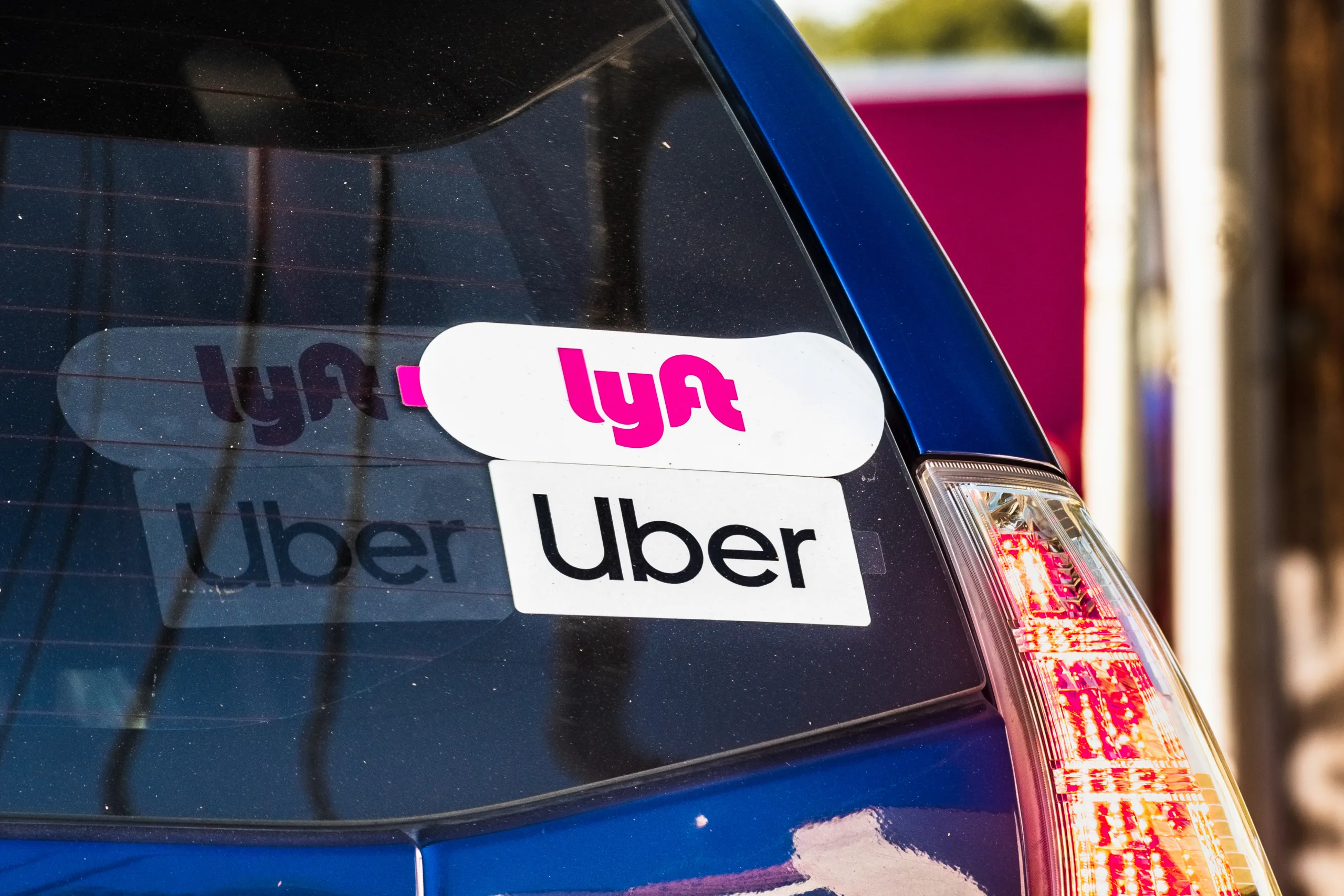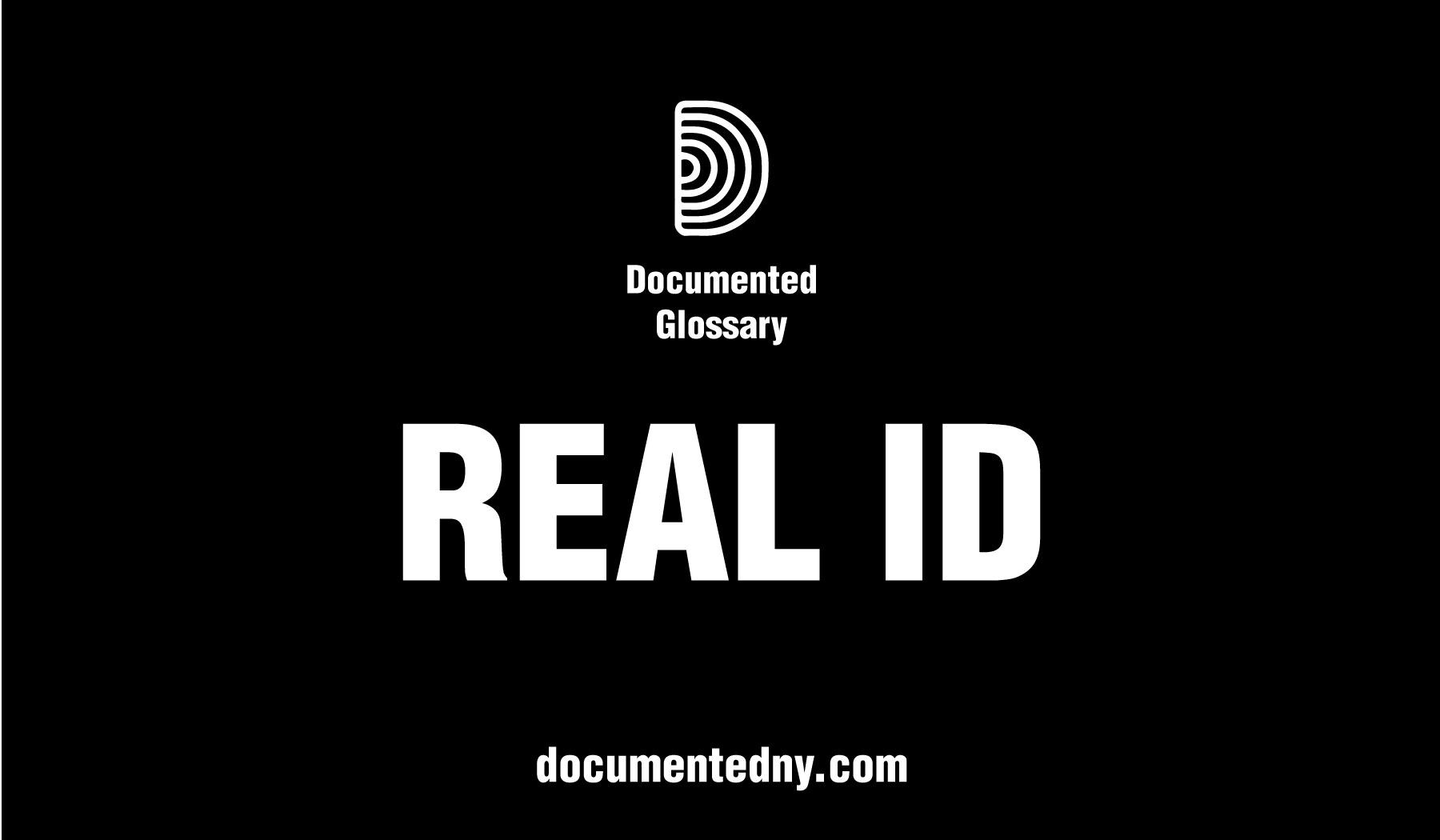“Mom, I don’t know where my brother is.”
Ana could not believe what her oldest son was saying. After two months away from her two children, she was finally speaking to one of them. She thought both were still together, like they had been until they all crossed the southern border and Border Patrol agents detained them. On a brief, 15-minute call, she found out that was no longer the case.
After two years of living in the U.S., Ana, which is not her real name, still doesn’t feel safe disclosing her identity. In the time she’s been in the country, she has been held in jail, her partner was almost deported and her children were taken away for months. All of this was due to the “zero-tolerance policy” implemented by the Trump administration, which separated children and their families like Ana’s at the border in 2017 and 2018 and sent their children to facilities across the country.
More than 350 migrant kids arrived in Manhattan in the summer of 2018. The federal government sent them to facilities like the Cayuga Center in East Harlem or Children’s Village in Dobbs Ferry. Thousands of miles away from the border, New York became a direct witness to the family separation policy.
“It’s illegal, it’s unconstitutional, and it’s unconscionable,” Governor Andrew M. Cuomo said at that time, criticizing the Trump administration for those measures. Yet two years later, the state still hasn’t ensured further legislation to prevent that from happening again.
Also Read: Lawsuits Allege Misconduct at Agencies Taking in Unaccompanied Minors
The Separated Children Accountability Response Act
One of those new legal mechanisms could be the Separated Children Accountability Response Act, known as the SCAR Act, a bill introduced in 2018 by Senator Brian Benjamin and Assemblymember Harvey Epstein. The bill seeks to amend the state’s social services law, in relation to reporting of youth placed in foster care settings and recruitment of foster parents.
If it becomes law, these facilities would be required to submit a quarterly report to the governor, the speaker of the Assembly and the president of the Senate. In that record, foster parents or facilities would disclose the number of foster youth in their care as well as the reason why they have been placed in those institutions. One of the categories described in the bill is “pursuant to a contract, grant” or other agreements with the federal government. For example, if there are children placed in these facilities due to contracts with the Department of Homeland Security, the report would state so. Without this information, the federal government could send separated children to shelters without public awareness.
Given the opacity of the information surrounding how many children were separated from their parents, this legislation would bring some clarity to state and local authorities. The Senate finally passed it in 2019 and the Assembly followed in July of 2020, but Governor Cuomo still hasn’t signed it.
The governor has usually 10 days to review and sign bills approved by the legislative bodies, which would turn those into law. Sometimes, the governor’s team proposes amendments and it starts a back-and-forth process. That is the current status of the SCAR Act.
Also Read: Cuomo Has Not Signed a Bill to Fight ICE Arrests at Courthouses
“There are some things that the governor is still negotiating,” Sen. Benjamin told Documented. For example, the bill’s core is a series of quarterly reports regarding the total number of youth placed in a foster care setting and the reasons for that placement. But it doesn’t state for how long that reporting will continue if the bill becomes law. The governor’s office wants to make that clear.
For Sen. Benjamin and others who have worked on that initiative, it is important that the spirit of the bill is maintained in any sort of negotiation. “We want to make sure that we can have a separate mechanism of accountability as it relates to whether or not this stuff is happening,” he explained. That will be the key to alert local authorities if a federal administration someday restarts the family separation policy.
The Deterrents
The Trump administration had made actions to restrict immigration, but family separation became a turning point for the public’s view on the immigration policies. For Kaji Douša, co-chair of New Sanctuary Coalition in New York City, many people drew the line after seeing “the reaping of a child from their parents’ arms.” A measure that, for her, was strictly created “to be a deterrent.”
Ana surely knows that. When she left Honduras, she couldn’t imagine the welcome she would find in the U.S. She decided to leave her home country after gang members entered her house and threatened her. “Being over there wasn’t safe for my family’s lives or mine. But when I got here it was like going back,” she remembered.
Border Patrol detained her right after she crossed the river with her children. Officers didn’t believe the birth certificates she was carrying were genuine and told her to say goodbye to her two boys, before sending her to an immigration jail. She didn’t know it, but Trump’s “zero-tolerance” policy was in effect, which meant that any parent trying to cross the border would be prosecuted and separated from their children. The Department of Homeland Security justified this approach by saying that it was in the best interest of the kids. “We retain the authority to do so in certain circumstances, particularly to protect a child from potential smuggling and trafficking activities,” Tyler Houlton said in 2018, when he was DHS Press Secretary.
Also Read: A ‘Cruel Birthday Present’ for Immigrant Children
After months separated from her children, Ana got to her sister’s house in the U.S. She first reunited with her oldest son almost by chance. He had remembered his aunt’s phone and was able to get in touch with his family from the facility he was in. Ana found out he had been taken to Arizona, while she was still in Texas. Her youngest was nowhere to be found.
It was Ana’s sister who, in the end, found the missing boy, searching online. He was still in Texas. Ana thought she could take him back if she got their DNA tested and compared, but it didn’t convince the officers either. It took months until they got together again.
Ana’s family was just one case among the thousands that sparked outrage across the country in 2018. Children suffering cold in cages and crying for their parents were among the most shocking images and sounds Americans saw and heard. Douša remembers it vividly.
“I’ve seen the bruises on the children in places where they’re crowded into cells, sometimes with older kids who may not treat them well. Physical bruises and then there are the bruises we don’t see,” she described. “This entire deterrence policy of using death and suffering… All of that doesn’t work, it doesn’t stop. It just inflicts cruelty for the sake of cruelty.” The New Sanctuary Coalition was one of the organizations pushing the SCAR Act, in hope to encourage other states to take up similar bills.
TestPost3
After all they have been through, Ana’s family has requested asylum in the U.S. and the process is still pending. Her children are now in school. She hopes they will study harder, move forward in life and forget about everything they have suffered. She would also like to help other people who are going through the same.
Also Read: Asylum From the United States Starts at Roxham Road
Missing Separated Children
After the Trump Administration ended the policy, other issues like the public charge and the future of the Deferred Action for Childhood Arrivals program gained more importance on the immigration agenda. But as of November 2020, there are still 1,030 children in the country who haven’t been reunited with their parents. Two thirds of these adults are believed to be back in their home countries, likely after deportation. According to a recent court document filed by the Justice Department and the American Civil Liberties Union, the parents of 545 children haven’t been found at all. This Monday, NBC News reported that the number might be even higher.
As time passes, tracking them becomes even more difficult, because transparency was never a part of the plan. While the family separation policy was active, migrant children arrived in New York silently. At that time, Mayor Bill de Blasio questioned, “How is it possible that none of us knew that there were 239 kids right here in our own city?” Now, more than two years after that, a legal mechanism that would shed light if that obscure process some day is resumed, still awaits to be signed.
